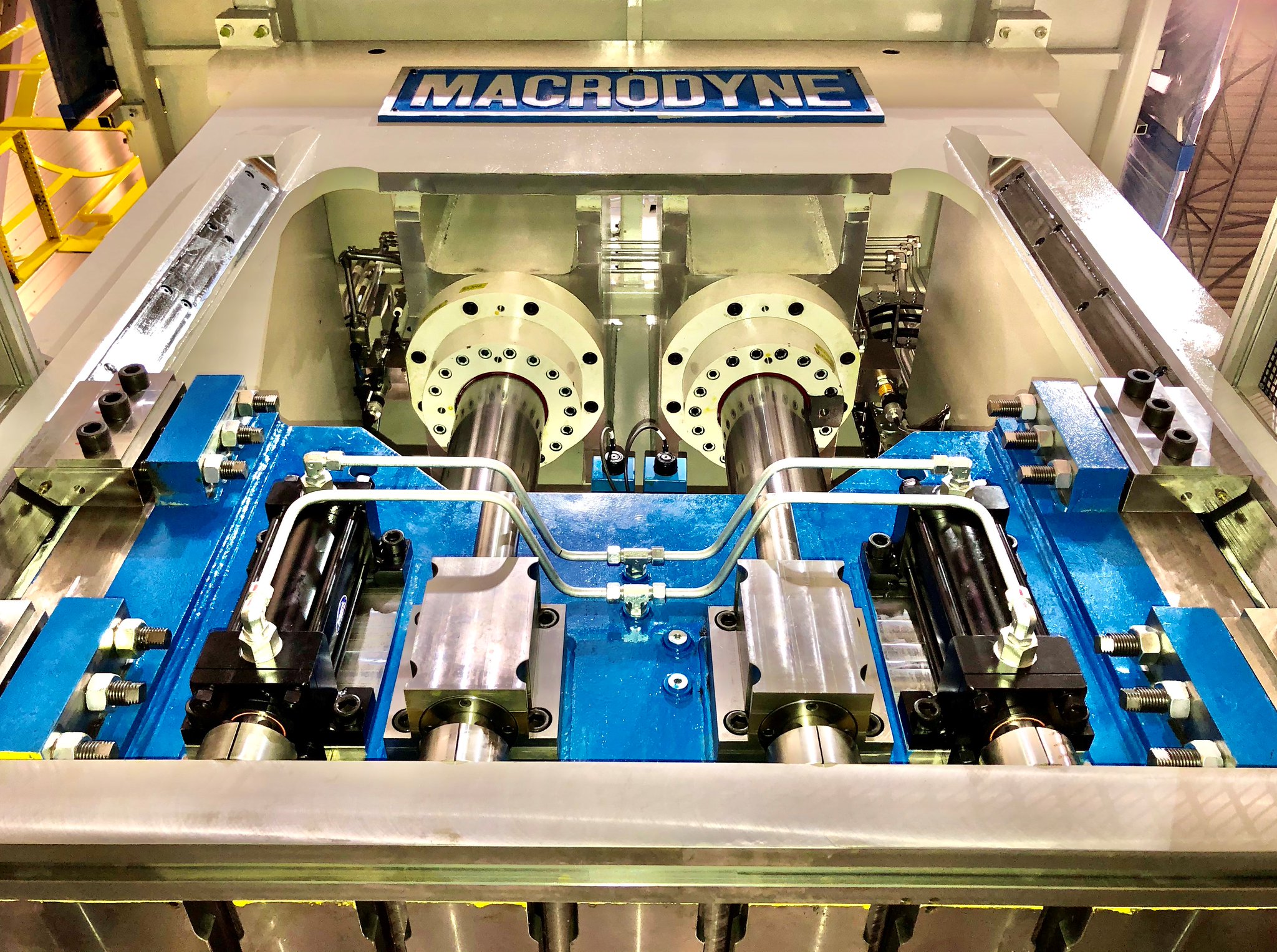Sheet metal housing manufacturing includes many different sheet metal forming processes, such as: B. roll molding, punching molding, foam molding and others. This list compares the pros and cons of each process so you can determine the right process for your specific needs. You can also get the best hydraulic press manufacturer service.

- Roll shape
This process is for long sections with a consistently complex cross section. This provides a good surface finish and has a high production rate. However, this process has a high tooling cost.
- Extension
Stretching can be used to create large sections with flat contours, but is only suitable for small batches. The disadvantage is the high cost of labor, although the cost of tools and equipment varies based on the size of the part.
- Image
The drawing process is used to create shallow or deep sections of relatively simple shapes. The advantage is high production volume. The disadvantage is the expensive equipment and supplies.
- Seals
The actual punching process includes various operations such as punching, blanching, stamping, bending, flanging and forgings. The drawing can be used to create simple or complex shapes. This method has a high production rate and low labor costs and is well suited for mass production. On the other hand, the costs of equipment and facilities can be quite high.
- Forms of rubber pads
Forming with rubber pads is used to draw and stamp simple or complex shapes. This process produces a leaf surface that is protected by a rubber membrane. High operational flexibility and low tooling costs are the main selling points.
- Rotation
The spinning process is used to make small or large axial symmetrical sections. This method provides good surface finish and low tool processing costs. However, labor costs can be high if the operation is not automatic.